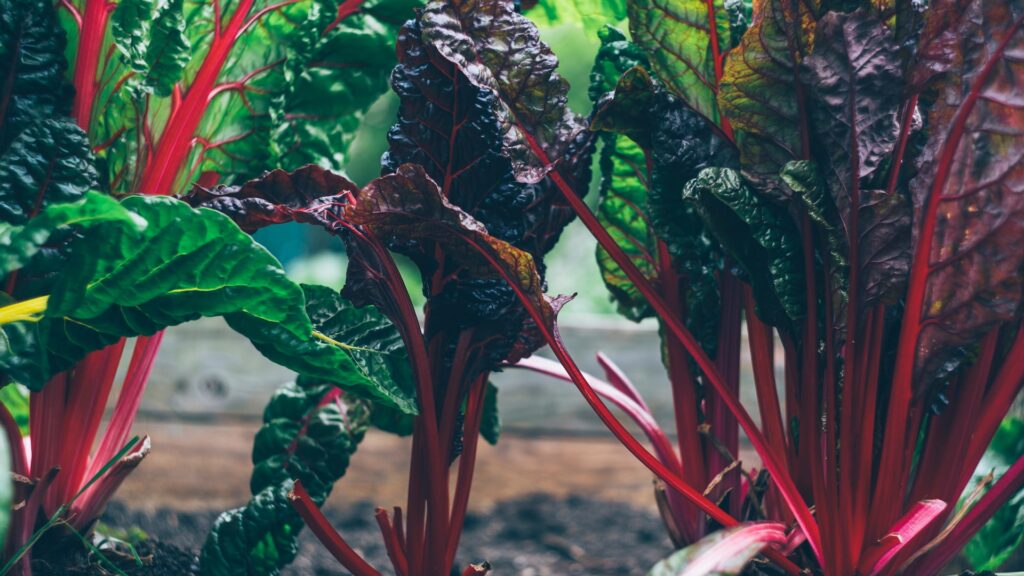Introduction:
Are you a plant lover with limited space at home? Or perhaps you’re looking to spruce up your indoor or outdoor area with a touch of greenery? Look no further! In this comprehensive guide, we will walk you through the steps of building your very own DIY vertical garden. Vertical gardening is an innovative and space-saving technique that allows you to grow plants vertically, whether it’s on a wall, fence, or freestanding structure. Get ready to embrace your green thumb and create a stunning vertical garden that will awe your friends and family!
Section 1: Planning and Design
– Determine your space: Assess the available space you have for your vertical garden project. Whether it’s a balcony, patio, or a spare wall inside your home, understanding your space will help you come up with the right design.
– Choose the right plants: Take into consideration the lighting conditions, temperature, and maintenance requirements of your chosen space. Select plants that are suitable for indoor or outdoor vertical gardening, such as ferns, succulents, ivy, or herbs.
– Sketch your design: Use graph paper or a digital design tool to visualize your vertical garden. Consider the arrangement of plants, containers, and any additional features you may want to include, such as drip irrigation systems or decorative elements.
Section 2: Materials and Installation
– Gather the necessary materials: Depending on your design, you may need containers, hanging hooks, screws, irrigation supplies, soil, and plants. Research the best materials for your specific design and gather everything you need before starting the installation.
– Prepare the wall or structure: If you’re attaching the vertical garden to a wall, make sure it is clean and sturdy. For freestanding structures, ensure they are stable and level. Take any necessary precautions to protect the integrity of the surface.
– Install the vertical garden: Start by attaching the vertical garden structure or containers to the desired location. Follow the manufacturer’s instructions or use reliable DIY methods to securely mount them. Add soil and transplant your chosen plants, making sure to provide adequate drainage and nourishment.
Section 3: Maintenance and Care
– Watering: Determine the watering needs of your plants and establish a watering schedule. Consider installing a drip irrigation system or using self-watering containers to simplify the process.
– Fertilizing: Maintain the health of your vertical garden by regularly fertilizing the plants. Choose organic fertilizers suitable for your specific plants and follow the recommended dosage.
– Pruning and trimming: Keep your vertical garden in shape by pruning any overgrown branches or foliage. This will enhance the overall aesthetics and prevent overcrowding.
– Monitor pests and diseases: Regularly inspect your plants for any signs of pests or diseases. Take necessary measures to control and eliminate any issues to protect the health of your vertical garden.
Conclusion:
By following this comprehensive guide, you are now equipped with the knowledge and inspiration to build your own DIY vertical garden. Embrace the charm of vertical gardening and create a unique green oasis that will surely impress. Get creative with your design, choose the right plants, and enjoy the beauty and benefits of your very own vertical garden!

